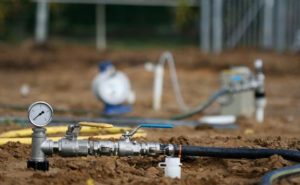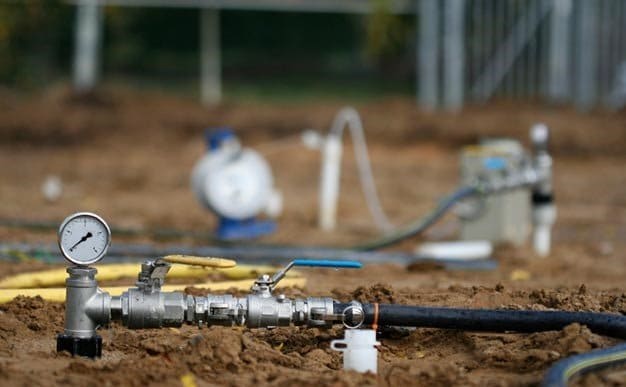
Abs: ITRC’s 2007 guidance document, Vapor Intrusion Pathway: A Practical Guideline, primarily focused on chlorinated vapor intrusion (CVI). However, the focus of PVI document is petroleum vapor intrusion (PVI), a subset of vapor intrusion. Vapors from petroleum hydrocarbons rapidly biodegrade as they migrate through unsaturated, vadose-zone soils, greatly limiting the potential for the PVI pathway to be complete.
ITRC’s 2007 guidance document, Vapor Intrusion Pathway: A Practical Guideline, primarily focused on chlorinated vapor intrusion (CVI). However, the focus of this guidance document is petroleum vapor intrusion (PVI), a subset of vapor intrusion.
Vapors from petroleum hydrocarbons rapidly biodegrade as they migrate through unsaturated, vadose-zone soils, greatly limiting the potential for the PVI pathway to be complete. The biodegradation of petroleum hydrocarbon vapors is rapid comparing to slower anaerobic degradation of chlorinated compound vapors.
Biodegradation of petroleum hydrocarbons by indigenous microorganisms is characteristic of nearly all unsaturated soils. The potential for biodegradation of petroleum hydrocarbon vapors can be used to evaluate whether a site contaminated with petroleum compounds requires additional investigation of the vapor intrusion pathway.
The fundamental principle of this screening method is the “vertical screening distance”. The document provides an eight-step process for screening, investigating, and managing sites contaminated with petroleum hydrocarbons to address the PVI pathway.
The extent and rate to which this natural biodegradation process occurs is strongly influenced by the concentration of the vapor source, the distance the vapors must travel through soil from the source to potential receptors, and the presence of oxygen (O2) in the subsurface environment between the source and potential receptors.
The screening method is applicable for different types of petroleum sites with variability depending on whether the site is a smaller site or a larger petroleum industrial site.
Figure 1: PVI conceptual outcomes
The key issues for managing PVI are following:
- Justify the use of a PVI screening method through the principle of biodegration
- Investigate PVI if the pathway is potentially complete or other factors prevent the use of screening method
- Mitigate and manage
PVI strategy begins with development of a preliminary conceptual site model (CSM) and site screening. This phase may be followed by a more detailed site investigation and refinement of the CSM or immediate vapor control. Base on the outcome, site management specifically for PVI (such as vapor controls, long-term monitoring, and institutional controls) may be required, if detailed investigation is chosen.
The vertical screening distance is defined as the minimum thickness of soil between a petroleum vapor source and building foundation needed to effectively biodegrade hydrocarbons below a level of concern for PVI. The vertical screening distance is determined based on whether the petroleum vapor source is LNAPL in the vadose soil or groundwater, or dissolved phase in groundwater.
